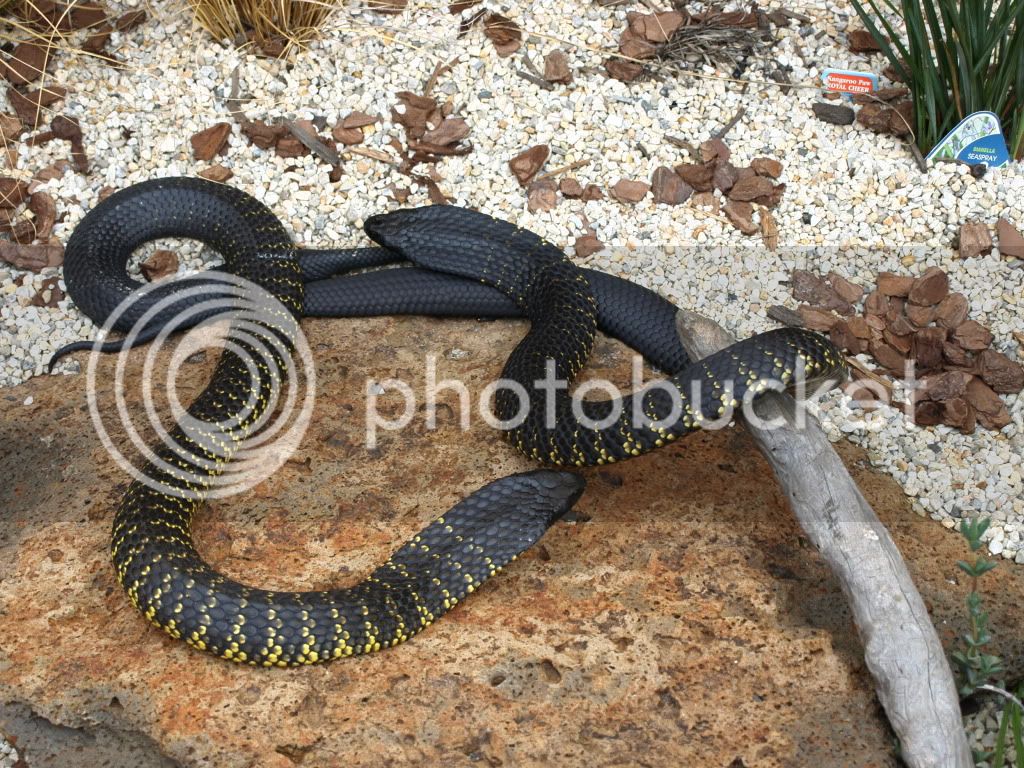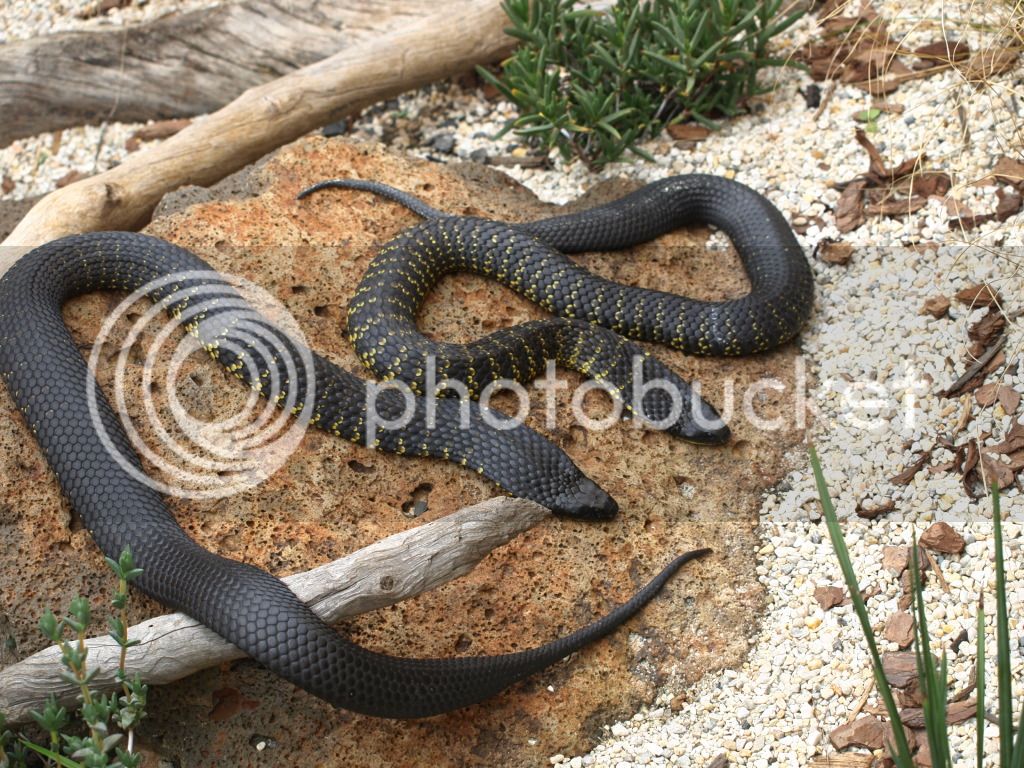Geck in your opinion does geographical isolation constitute reproductive isolation even if in a captive situation 2 animals can produce viable offspring?
Yes, no, maybe.
One thing about Geographic isolation is that it's not always constant. So whether we call a geographically isolated population a new species or not may depend on the time it's been isolated for.
In a hypothetical situation. Two snakes occur on two mountains with a valley in between, the valley is originally the right habitat for the snakes as are the mountains and the one area is a population. The valley then changes to be a habitat the pythons cannot cross. This goes on for X years.
How big does X need to be to say it's been reproductively isolated for long enough to be a species? Does it have to be when the two populations can't breed, can it just be long enough for them too show different adaptations to certain things. It's a really hard thing to try and define and I think in a way it might need to be looked at case by case.
In all honesty people look at geographic isolation and think that's a good way to prove species when it's actually much much much easier to prove species that are parapatric (come to a line where they both 'just' meet or 'just' don't meet) or sympatric (both occur in the same place) as if you can prove that they occur together and there is no gene movement then you have proven gene movement doesn't occur in nature (under whatever circumstances you were testing and with whatever confidence based on your sample size blahdy blahdy blah).
For the geographically isolated population there's not really any way to look at whether gene movement would occur in nature if they came together and you need to look it more as 'what is the chance these populations to could rejoin and begin interbreeding in the wild' and because speciation is often so slow perhaps look at that over millions of years.
I guess what I'm trying to say is I think Geographic isolation deserves a case by case judgement based on as many factors as you can look at.
Something that has a level of relevance indirectly to eastern and western tigers.
Rattus fuscipes (Native Bush Rat) occurs in both Eastern and Western Australia, most rats of the genus Rattus have very very similar genetics and are hard to tell apart using conventional DNA techniques (some new ones have been developed leading to the splitting of Black Rats into multiple species. anyway back to example), because of this and because of how far apart eastern and western bush rats were scientists were interested if they could interbreed, whether they really were the same species, it was found in interbreeding these rats that not only could they interbreed the progeny were fitter in at least several measurable ways than either geographic group.





